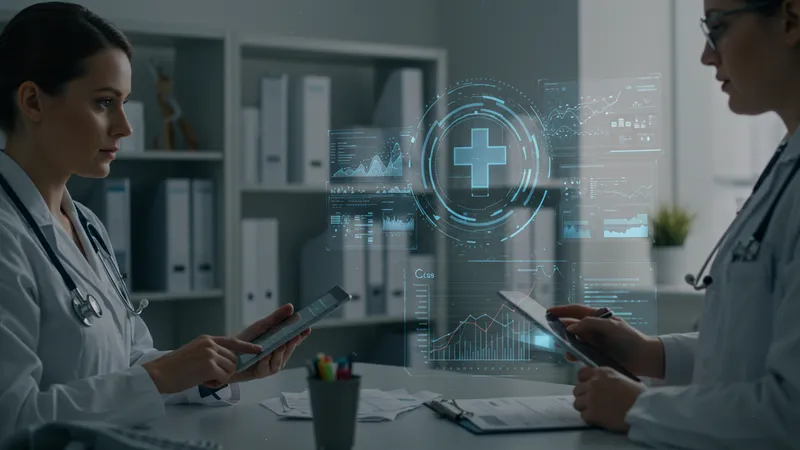
How To Improve Workflow With Medical Dictation Software For Mac
Unexpected Financial Perks
The adoption of medical dictation software isn’t just about efficiency; it can also be a surprising financial boon. Apart from boosting revenue through increased patient throughput, clinics can count on substantial cost savings due to reduced need for transcription services. This transition might sound complex, but here’s the kicker…

Many healthcare providers overlook the substantial savings achieved by decreasing reliance on paper records. These savings manifest in less storage needs, reduced clerical errors, and faster access to patient information. It becomes clear that the financial payback is not only quick but long-lasting. However, can monetary gain alone justify the transition?
An unexpected advantage also lies in staff morale. By eliminating the grunt work associated with manual data entry, clinics are fostering more empowered and satisfied employees. This enhanced morale can lead to reduced staff turnover, further saving on recruiting and training costs. Who would have thought technology could have such a multi-faceted impact?
These revelations only scratch the surface. As practices uncover layer upon layer of the software’s utility, its value becomes indisputable. Yet, there’s always one more surprise on the horizon — and it’s one that can redefine the very fabric of healthcare delivery.